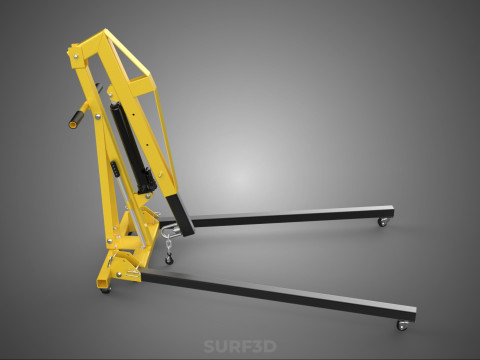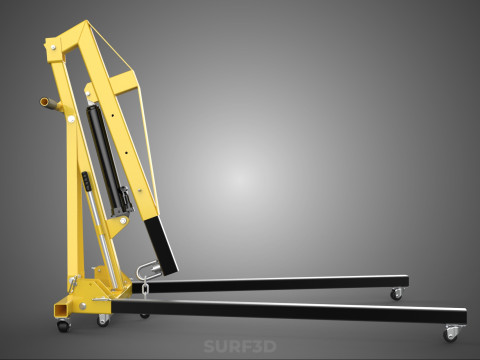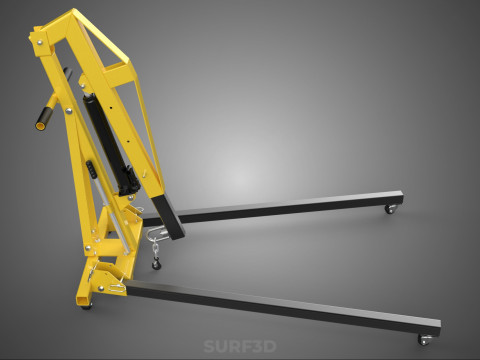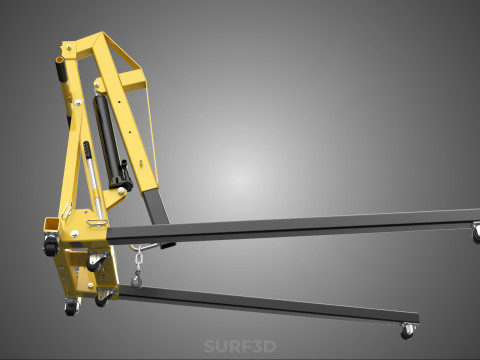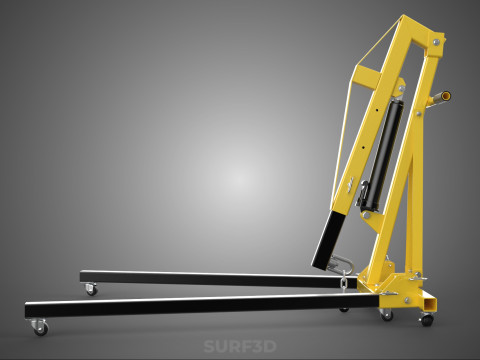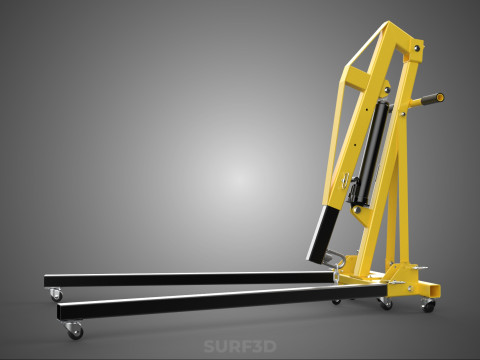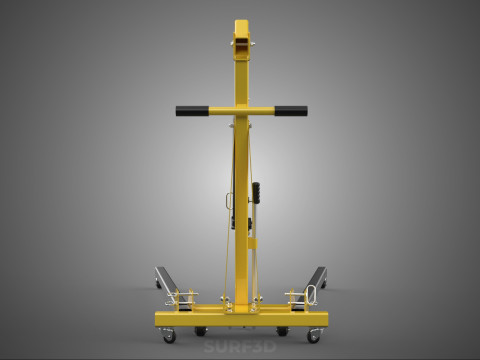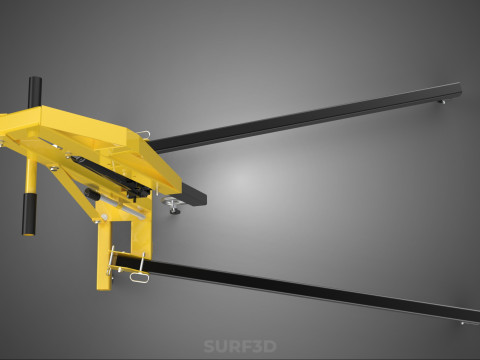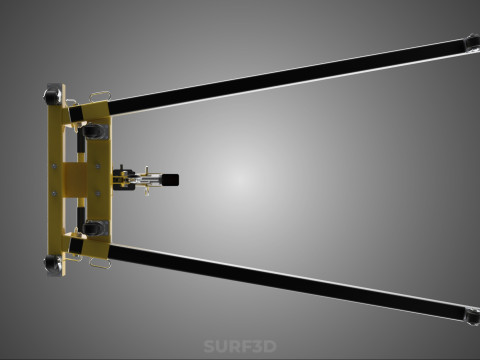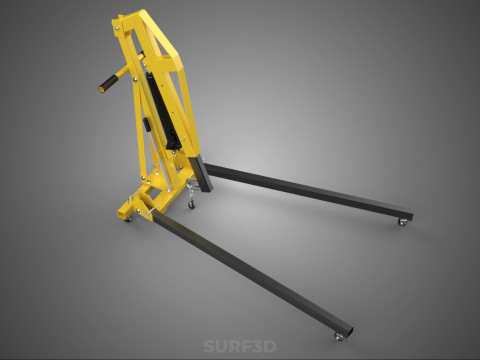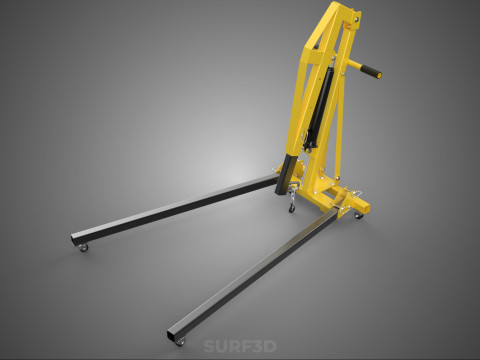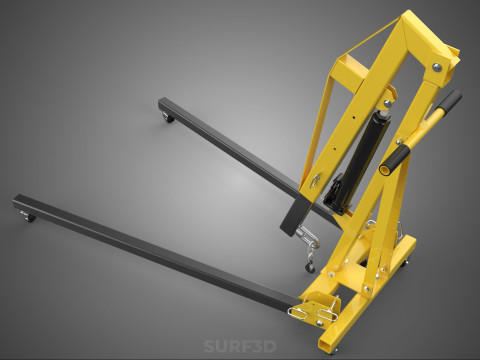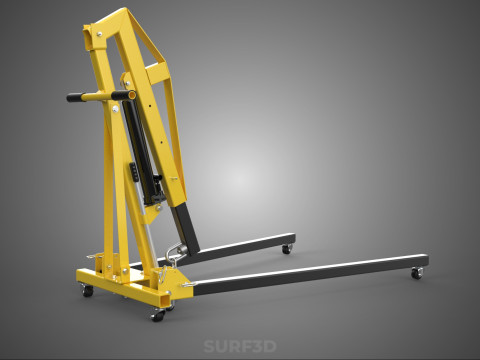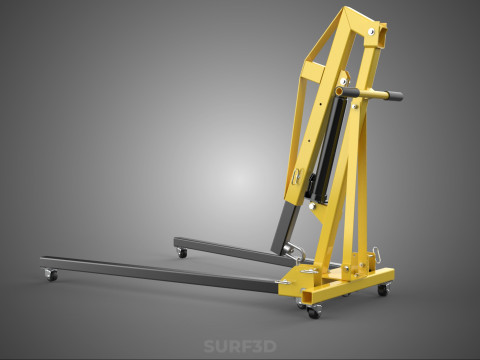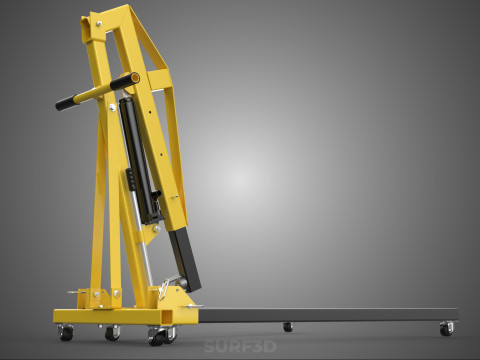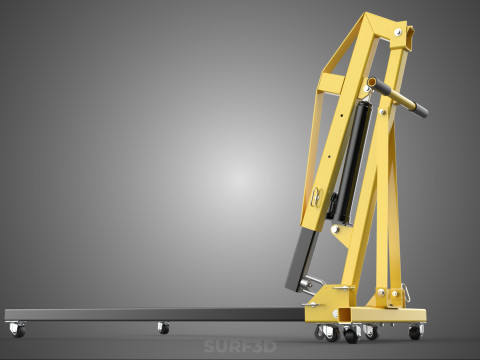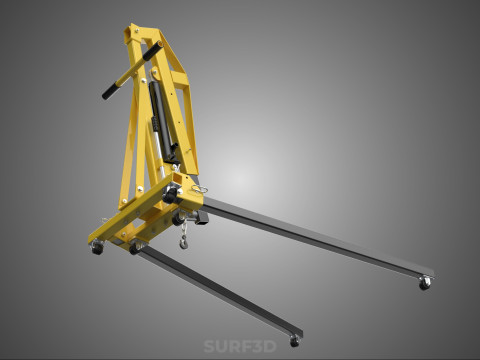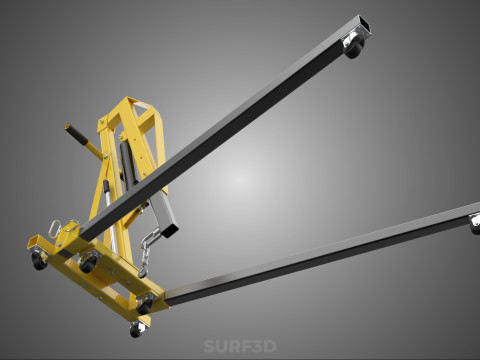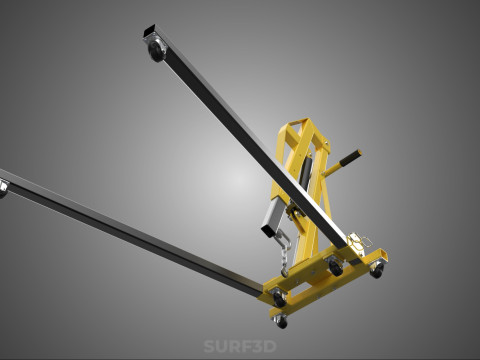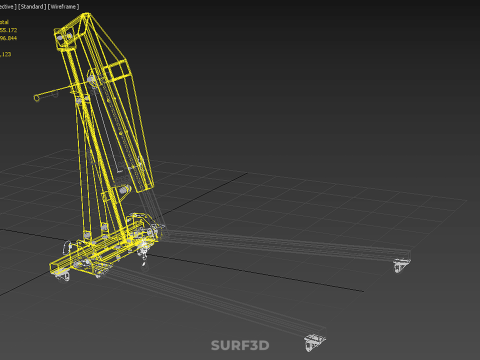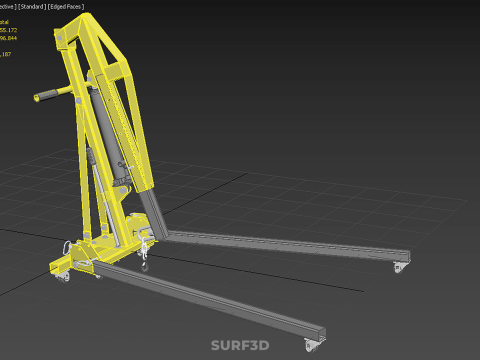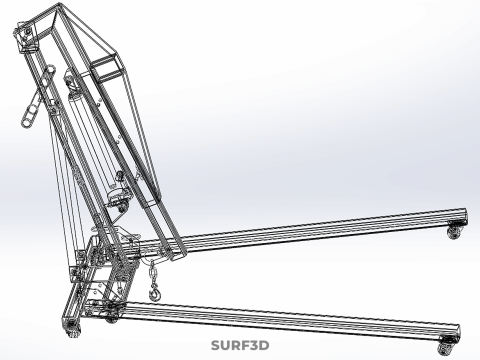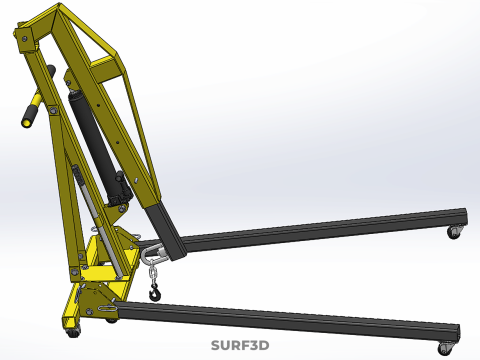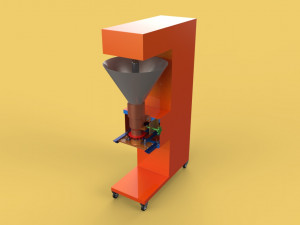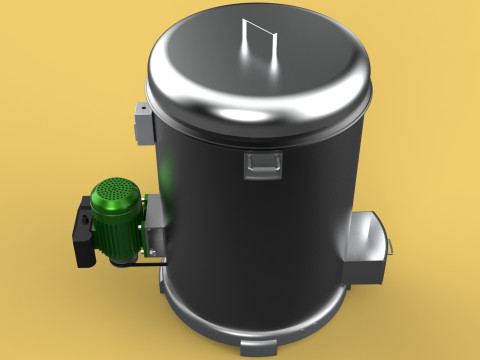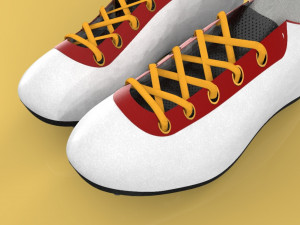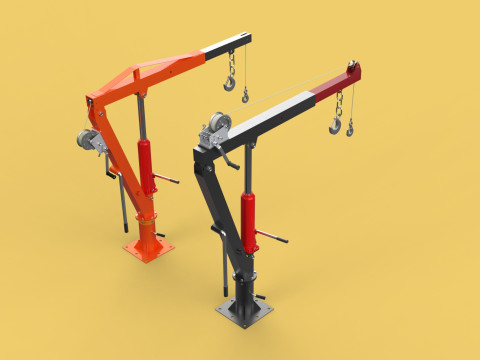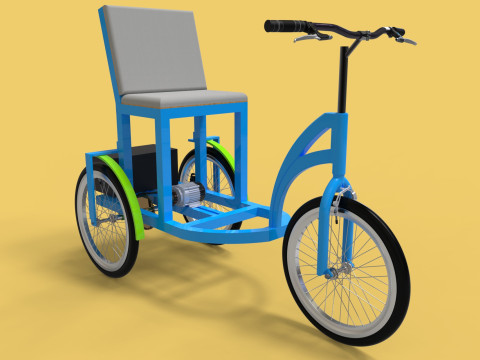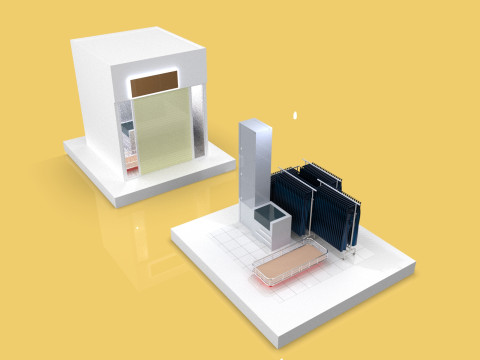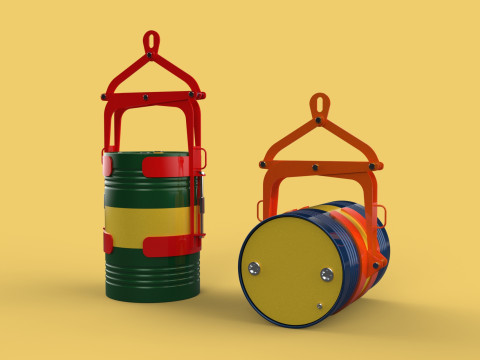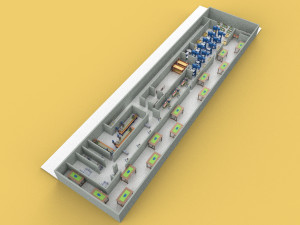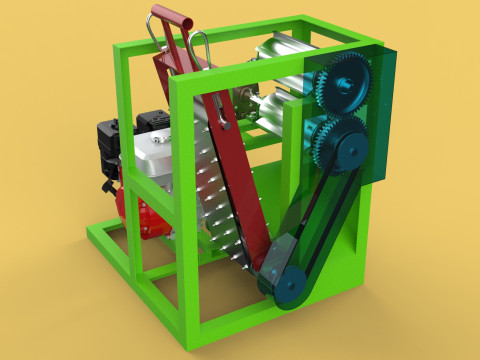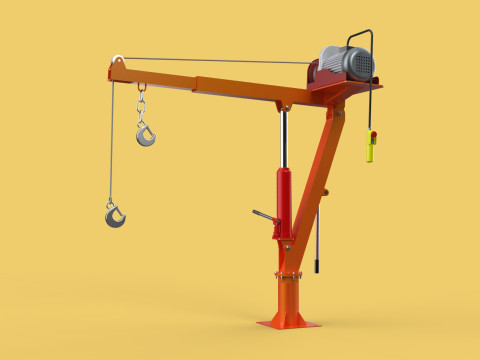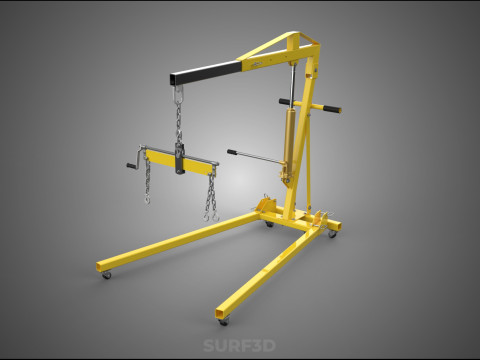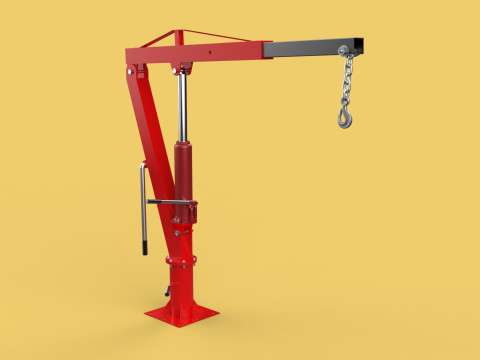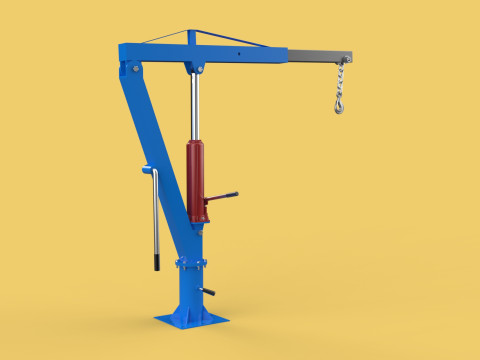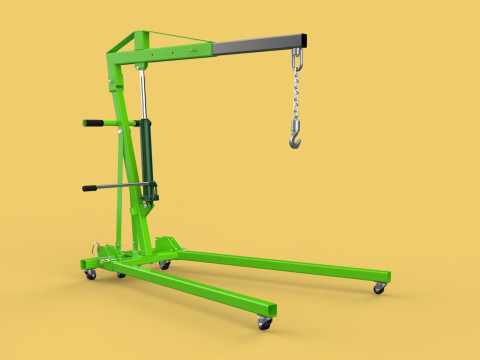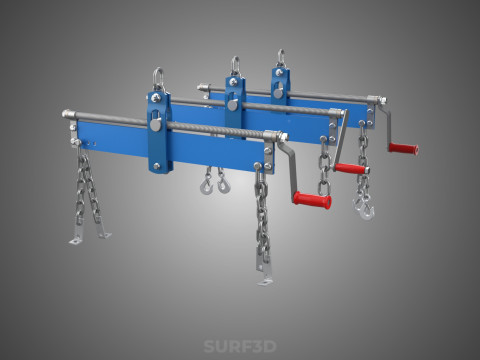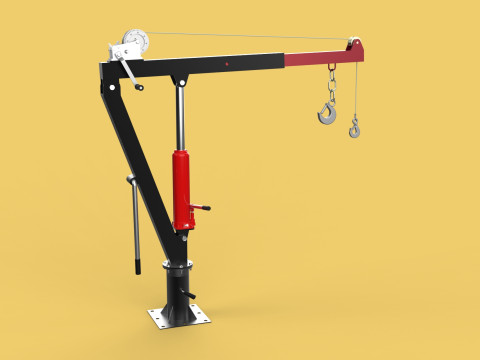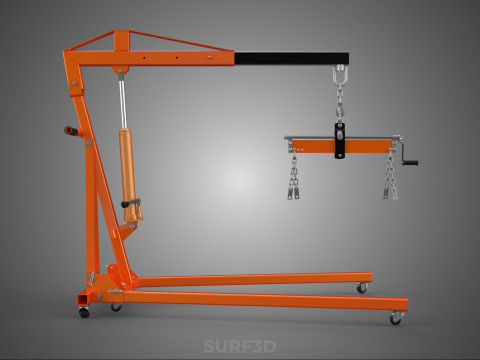ARM FOLDED HYDRAULIC JACK MOBILE ENGINE CRANE HOIST LIFTING SHOP Modelo 3D
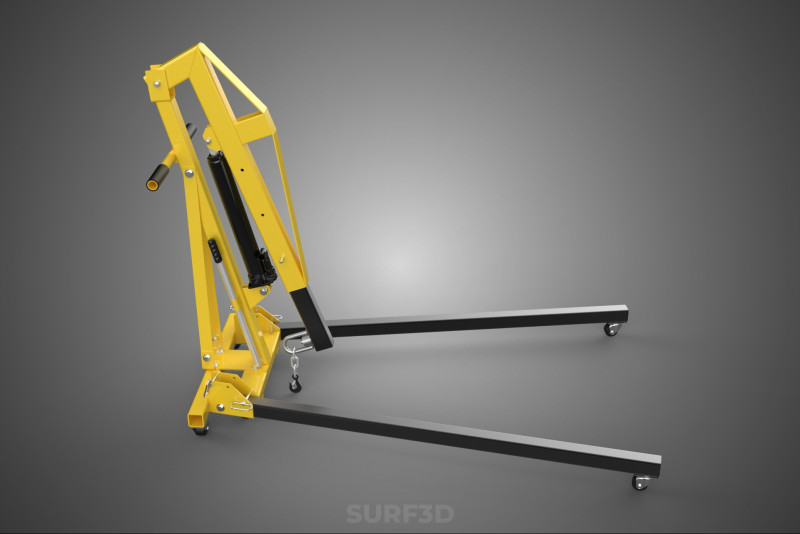
- Formatos disponíveis: Rhinoceros: 3dm 8.97 MB3DS MAX all ver.: 3ds 1.68 MBBlender: blend 4.61 MBCollada: dae 5.19 MBAutoCAD (native): dwg 3.69 MBAutodesk FBX: fbx 5.90 MBGLB / GLTF: glb 2.20 MBIGES: iges 1.67 MB3DS MAX: max 10.18 MBWavefront OBJ: obj 3.24 MBACIS: sat 4.71 MBSketchUp: skp 2.59 MBSTEP: step 2.09 MBStereolithography: stl 3.62 MB
- Polígonos:255172
- Vértices:196844
- Animados:No
- Textura:No
- Equipados:No
- Materiais:
- Low-poly:No
- Coleção:No
- Mapeamento UVW:No
- Plugins Utilizados:No
- Pronto para impressão:No
- Scan 3D:No
- Conteúdo adulto:No
- PBR:No
- Treinamento de IA:No
- Geometria:Poly NURBS
- UVs não embalados:Unknown
- Visualizações:236
- Data: 2025-06-10
- ID do Item:578535
- Avaliação:
High-quality 3D assets at affordable prices — trusted by designers, engineers, and creators worldwide. Made with care to be versatile, accessible, and ready for your pipeline.
Included File Formats
This model is provided in 14 widely supported formats, ensuring maximum compatibility:
• - FBX (.fbx) – Standard format for most 3D software and pipelines
• - OBJ + MTL (.obj, .mtl) – Wavefront format, widely used and compatible
• - STL (.stl) – Exported mesh geometry; may be suitable for 3D printing with adjustments
• - STEP (.step, .stp) – CAD format using NURBS surfaces
• - IGES (.iges, .igs) – Common format for CAD/CAM and engineering workflows (NURBS)
• - SAT (.sat) – ACIS solid model format (NURBS)
• - DAE (.dae) – Collada format for 3D applications and animations
• - glTF (.glb) – Modern, lightweight format for web, AR, and real-time engines
• - 3DS (.3ds) – Legacy format with broad software support
• - 3ds Max (.max) – Provided for 3ds Max users
• - Blender (.blend) – Provided for Blender users
• - SketchUp (.skp) – Compatible with all SketchUp versions
• - AutoCAD (.dwg) – Suitable for technical and architectural workflows
• - Rhino (.3dm) – Provided for Rhino users
Model Info
• - All files are checked and tested for integrity and correct content
• - Geometry uses real-world scale; model resolution varies depending on the product (high or low poly)
• • - Scene setup and mesh structure may vary depending on model complexity
• - Rendered using Luxion KeyShot
• - Affordable price with professional detailing
Buy with confidence. Quality and compatibility guaranteed.
If you have any questions about the file formats, feel free to send us a message — we're happy to assist you!
Sincerely,
SURF3D
Trusted source for professional and affordable 3D models.
More Information About 3D Model :
## ARM FOLDED position of HYDRAULIC JACK MOBILE ENGINE CRANE HOIST LIFTING SHOP
A Mobile Hydraulic Engine Crane, commonly referred to as a shop crane or engine hoist, is a piece of material handling equipment primarily utilized in automotive repair, maintenance workshops, and industrial settings for the purpose of lifting heavy loads, most notably vehicle engines and transmissions. This apparatus typically consists of a robust, mobile base equipped with casters or wheels, supporting a vertical mast or column from which extends an articulated or telescopic boom (also known as an arm or jib). The lifting force is generated by a hydraulic jack or ram mechanism, which extends or retracts the boom or a separate lifting chain/hook assembly.
The "ARM FOLDED position" refers to a specific, non-operational configuration of such a crane. In this state, the articulated boom or jib is intentionally retracted, collapsed, or folded down and back towards the main support column or base structure. This is typically achieved by fully collapsing any telescopic sections of the boom and/or pivoting the boom downwards at its attachment point, often facilitated by hinge mechanisms designed into the crane's structure. Many models incorporate locking pins or latches to secure the arm firmly in this folded configuration.
The primary functional advantage of the arm folded position is the significant reduction in the crane's overall physical dimensions, particularly its length and height. This state is adopted for purposes other than active load lifting. The most common uses for the crane in its arm folded position include:
1. **Storage:** Minimizing the crane's footprint to conserve valuable space in often crowded workshop environments when the equipment is not in active use. The folded configuration allows the crane to be parked more compactly, potentially against walls or in designated storage areas.
2. **Mobility/Transport:** Facilitating easier movement of the crane itself through narrow doorways, aisles, or around obstacles within the shop. The reduced profile also makes it simpler and safer to load the crane onto transport vehicles if required.
3. **Safety (Passive):** Reducing the risk of the extended boom being a tripping hazard or obstruction in high-traffic areas of the workshop when idle. While the crane's center of gravity is lower in this state, it is not designed or intended for stability under load in the folded position; its stability is relative to its own structure and mobility.
While in the arm folded position, the hydraulic system is not actively engaged for lifting, and any lifting chains, cables, or hooks are typically stowed or hang loosely. The mobile base remains functional, allowing the collapsed unit to be wheeled around the facility. This configuration represents a crucial non-operational mode designed to enhance the practicality, safety, and storage efficiency of mobile hydraulic engine cranes within their intended workshop setting.
KEYWORDS: Engine Crane, Mobile Crane, Hydraulic Crane, Shop Crane, Engine Hoist, Arm Folded, Folded Position, Storage Configuration, Workshop Equipment, Garage Equipment, Lifting Equipment, Material Handling, Hydraulic Jack, Boom, Jib, Arm, Chassis, Casters, Retracted Arm, Collapsed Jib, Folding Mechanism, Shop Tool, Vehicle Maintenance, Storage, Mobility, Collapsible, Non-Operational State, Lifting Hoist, Automotive Repair, Space Saving.
Pronto para impressão: NãoSe precisar de um formato diferente, por favor abra um novo Support Ticket e solicite isso. Podemos converter modelos 3D para: .stl, .c4d, .obj, .fbx, .ma/.mb, .3ds, .3dm, .dxf/.dwg, .max. .blend, .skp, .glb. Não convertemos cenas 3D e formatos como .step, .iges, .stp, .sldprt.!


 English
English Español
Español Deutsch
Deutsch 日本語
日本語 Polska
Polska Français
Français 中國
中國 한국의
한국의 Українська
Українська Italiano
Italiano Nederlands
Nederlands Türkçe
Türkçe Português
Português Bahasa Indonesia
Bahasa Indonesia Русский
Русский हिंदी
हिंदी